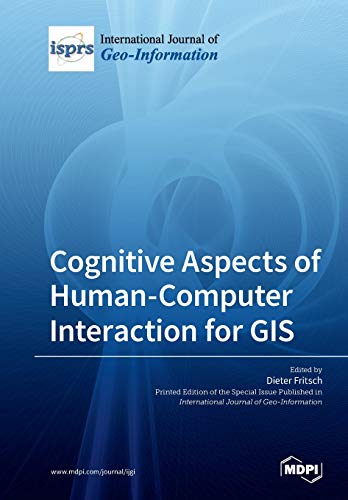

Most ebook files are in PDF format, so you can easily read them using various software such as Foxit Reader or directly on the Google Chrome browser.
Some ebook files are released by publishers in other formats such as .awz, .mobi, .epub, .fb2, etc. You may need to install specific software to read these formats on mobile/PC, such as Calibre.
Please read the tutorial at this link: https://ebookbell.com/faq
We offer FREE conversion to the popular formats you request; however, this may take some time. Therefore, right after payment, please email us, and we will try to provide the service as quickly as possible.
For some exceptional file formats or broken links (if any), please refrain from opening any disputes. Instead, email us first, and we will try to assist within a maximum of 6 hours.
EbookBell Team

4.4
22 reviewsThe book is dealing with recent progress in human–computer interaction (HCI) related to geographic information science (GIS). The Editorial starts with an overview about the evolution of the Internet and first HCI concepts and stimulates recent HCI developments using 3D and 4D apps, running on all mobile devices with OS Android, iOS, Linus, and Windows.
Eight research articles present the state-of-the-art in HCI–GIS-related issues, starting with gender and age differences in using indoor maps via the estimation of building heights from space to an efficient visualization method for polygonal data with dynamic simplification. The review article deals with progress and challenges on entity alignment of geographic knowledge bases.